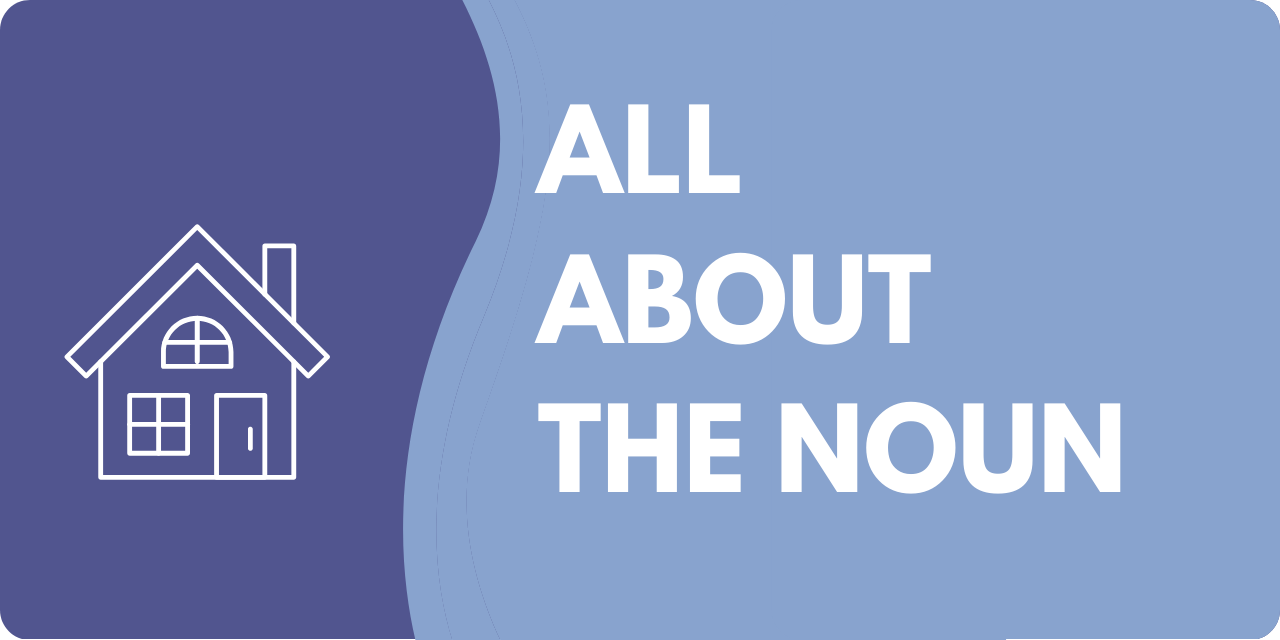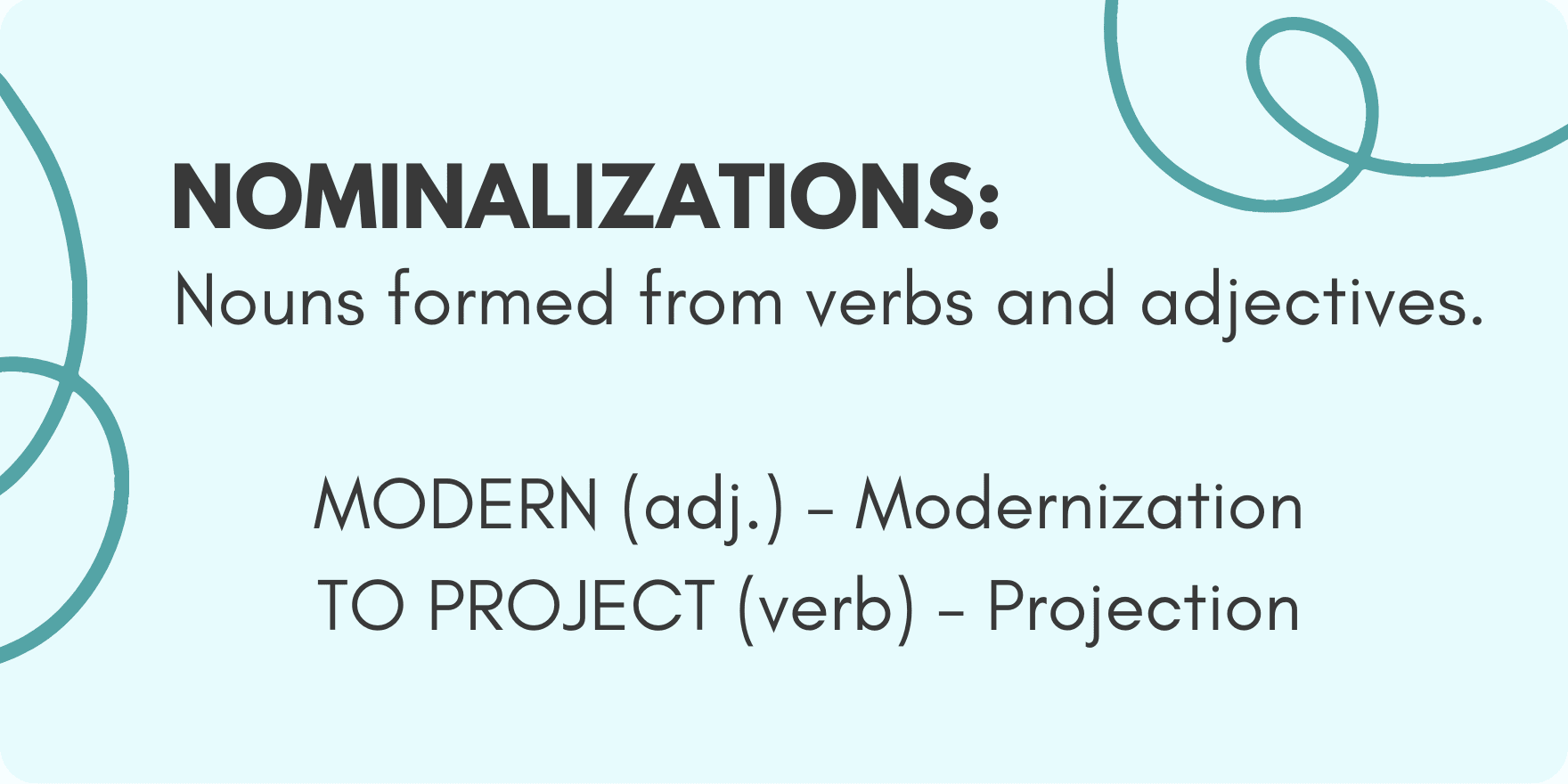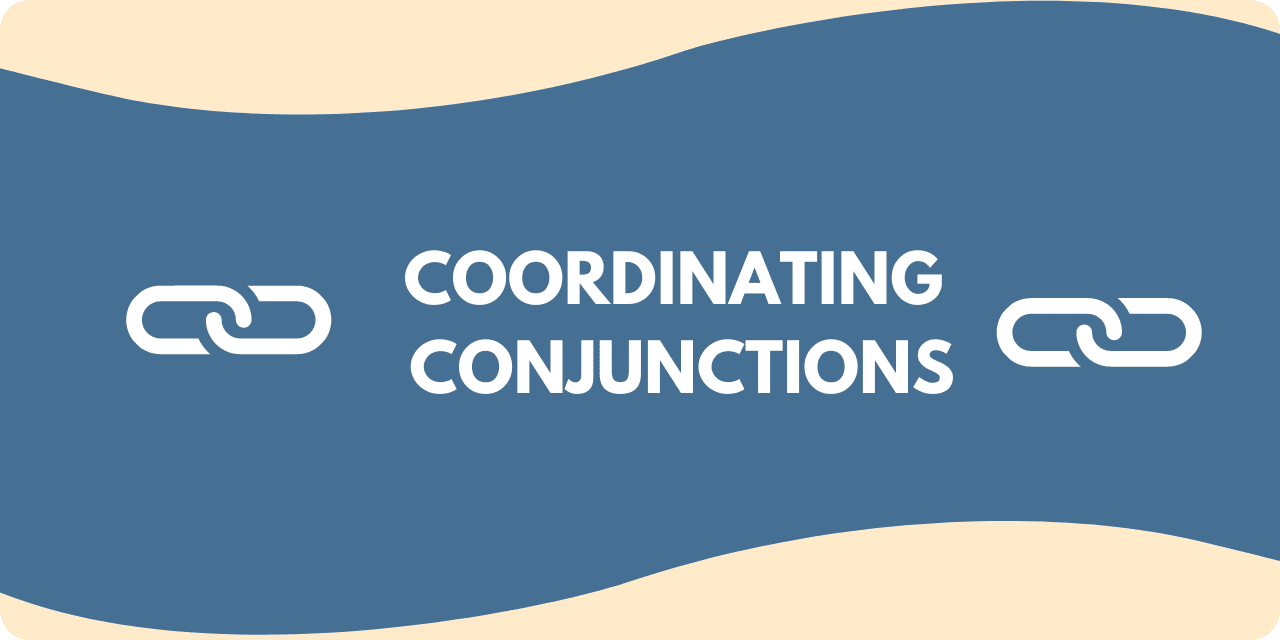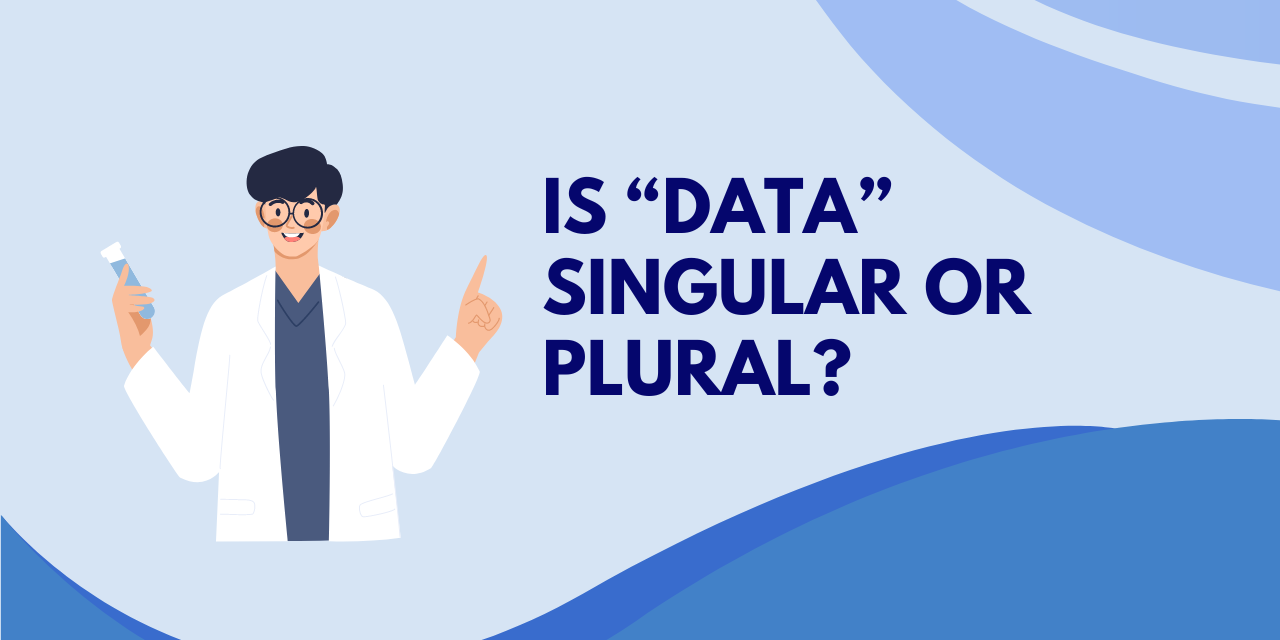Writers confront many potential issues when they start writing out a thought. It can feel deceptively easy to begin a sentence, but many variables can complicate things. One of the most persistent complications is starting a line of thought with a conjunction, like but, so, and, or, or yet.
Many writers learn early in their education that they must never begin a sentence with a conjunction. There is no hard rule against this, however, educators often warn against opening with a conjunction as a way to preventing sentence fragments. Fragmented sentences regularly begin with conjunctions. Drilling this non-rule into young writers is a decent tactic for teachers.
Knowing that beginning a thought with a conjunction isn’t wrong, let’s dig into how and in what circumstances you should employ sentence-starting conjunctions. In particular, we will focus on yet. You will find that a sentence starting with yet is not only correct, it also can sound great!
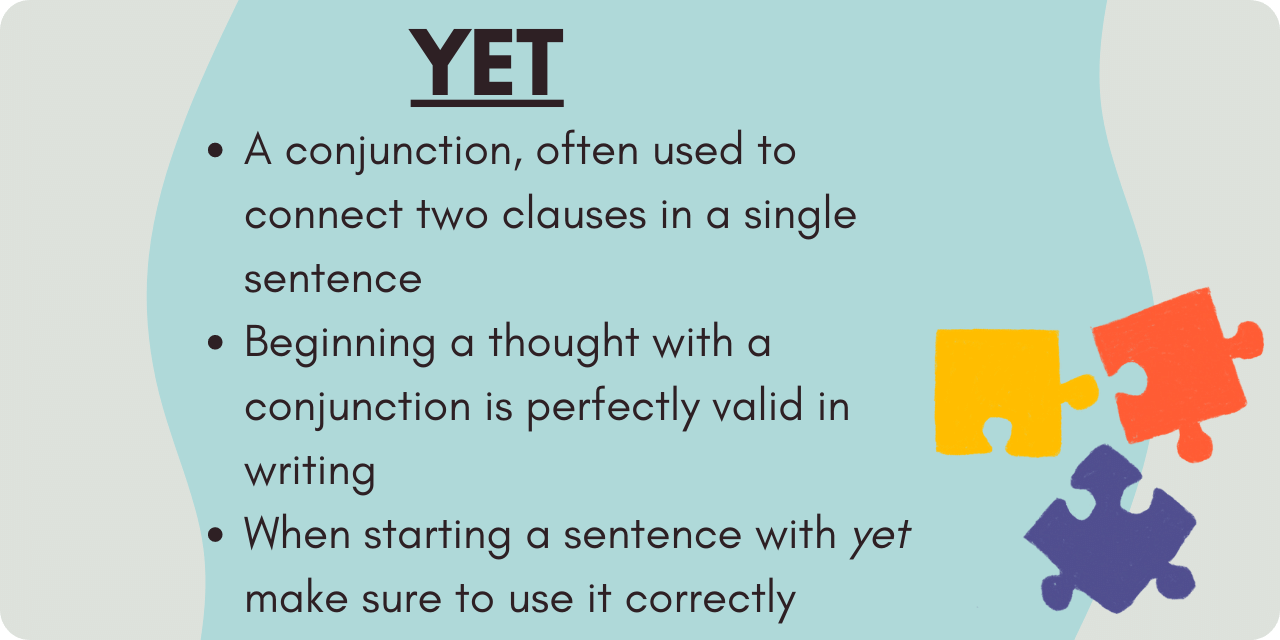
Understanding a Conjunction’s Function
First, let’s do a refresher on what conjunctions are and how they are used. A conjunction is a connector of sorts. It connects clauses to construct a whole sentence.
Here is an example:
Touchscreen technology might be confusing for older users, yet virtually all mobile devices now employ touchscreens.
In the example above, the word yet connects two independent clauses. It serves a similar purpose to the conjunction but.
Readers would be confused if you were to make the second half of the sentence its own standalone thought, independent of the first thought. They would wonder what idea the sentence is placing itself in contrast with. Teachers discourage beginning sentences with conjunctions to avoid this kind of confusion.
Touchscreen technology might be confusing for older users. Yet virtually all mobile devices now employ touchscreens.
Writing this as two sentences separated by a period is correct. Because the first and second sentences are adjacent, the reader understands the purpose of yet. There is no confusion because the writer provided all pertinent information clearly and concisely.
Contrasting Ideas
In the sentence construction above, the conjunction yet makes clear that our second sentence contradicts our first. You remember this when you consider opening a sentence with yet. To ensure that your sentence beginning with yet will make sense, confirm that an earlier sentence provides an oppositional statement.
Incorrect: It is a bright summer day. Yet I wore my new sunglasses.
These two thoughts are not contradictory, so the sentence construction doesn’t make sense. Of course, I would put on sunglasses if it was a bright day.
Correct: It is a bright summer day. Yet I didn’t wear my new sunglasses.
These two sentences work much better. The information in the second sentence contradicts the statement in the first. Beginning the second sentence with yet is an excellent choice.
Yet the Adverb
Complicating matters, there are two uses of yet in English. The first form of yet is the one we just covered: a conjunction. The second form is an adverb. It indicates an action that begins in the past and proceeds into the present. When a writer uses the adverb form of yet in a sentence, the sentence takes on the form of a negative or a question. For example:
Example: Have your parents arrived yet?
Example: No, they aren’t here yet.
As you can see, the adverbal form of yet won’t work at the beginning of a sentence. There’s no way to make it work. This is a crucial distinction because where a writer chooses to position yet in a sentence will largely determine its meaning. You need to be aware of how this little word can affect the way your sentence is read.
The Bottom Line
Since yet is a conjunction, plenty of writers and educators would contend that it has no place at the start of a sentence. These doubters would assert that yet should only connect two clauses in a single sentence.
Even though there is logic to this argument, there is no hard and fast rule that you can’t use yet to start a sentence. You should feel free to use it. Beginning a thought with a conjunction is perfectly valid in writing. Just be sure you are using yet correctly.



